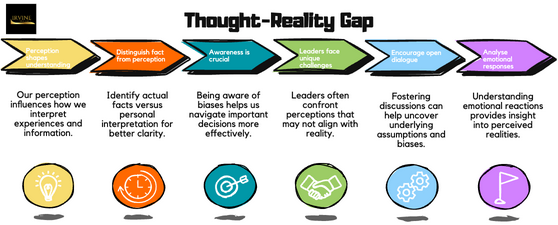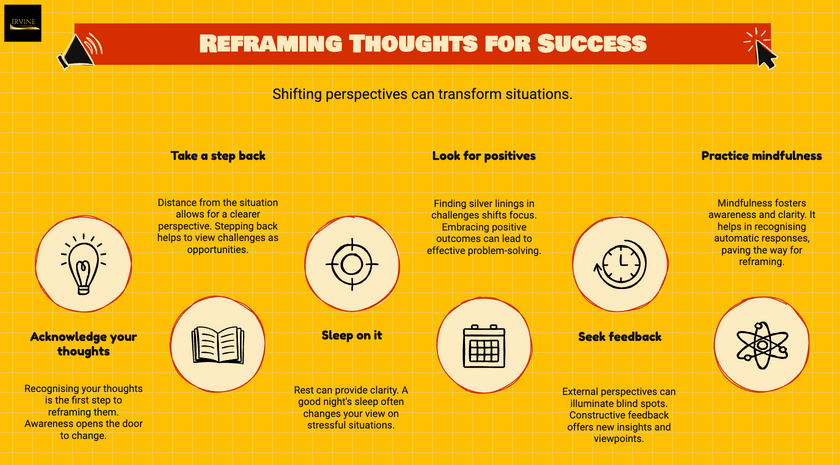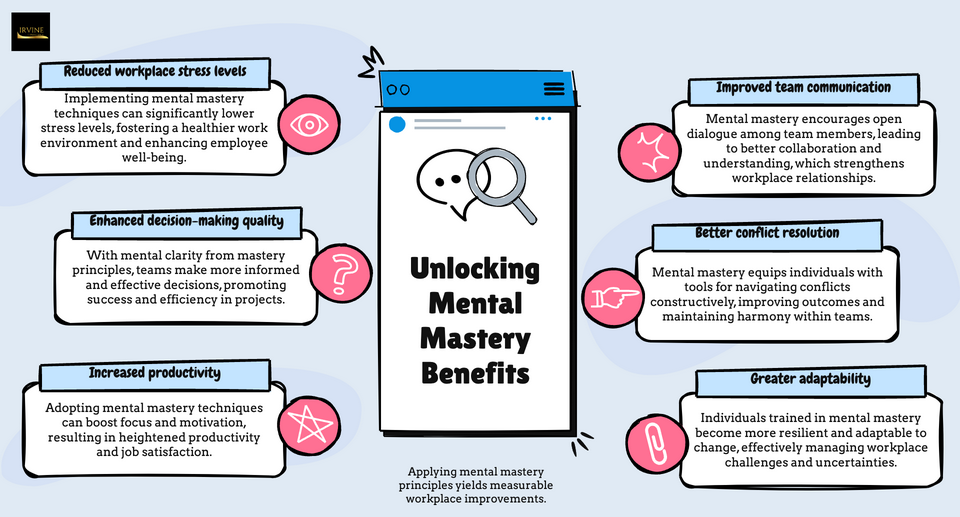Ever caught yourself stuck in a thought loop that just wouldn’t quit? You’re not alone. I’ve just finished Joseph Nguyen’s fascinating book “Don’t Believe Everything You Think,” and I can’t stop thinking about how it’s changed my perspective on, well… thinking itself.
As someone who works with training providers and leaders daily, I found myself nodding along and even laughing at how spot-on Nguyen’s insights are about our mental mechanics. Let me share why this book is a game-changer for both your professional and personal life.

The “Aha!” Moment: Your Thoughts Aren’t Always Facts
You know that moment when you’re absolutely convinced something’s true, only to find out later you were way off? Nguyen brilliantly explains why this happens. Our brains, clever as they are, often create their own version of reality rather than seeing things as they actually are. It’s like wearing tinted glasses without realising they’re tinted.
Shifting Perspectives: The Mental Magic Trick
Here’s where it gets really interesting. Nguyen shows us that our thoughts are more like suggestions than absolute truths. Think about it – how many times has a situation seemed completely different after a good night’s sleep? This isn’t just random; it’s our brain’s incredible ability to reframe situations. I’ve seen this work wonders in leadership situations where what initially seemed like a crisis turned into an opportunity simply through a perspective shift.

Breaking Free from Mental Roundabouts
We all have those thoughts that circle around like a hamster on a wheel. You know the ones – “I’m not ready for this presentation” or “My team won’t buy into this change.” Nguyen doesn’t just explain why we get stuck in these loops; he gives us practical ways to step off the mental merry-go-round. I’ve started using these techniques in my own work, and the difference in decision-making clarity is remarkable.
The Science Bit (Don’t Worry, It’s Actually Fun!)
Here’s the fascinating part – our brains are constantly rewiring themselves. Nguyen explains neuroplasticity in a way that actually makes sense (no PhD required!). It’s like our thoughts are creating paths through a forest – the more we think certain thoughts, the wider and more established these paths become. But here’s the good news: we can always create new paths.

Emotional Intelligence: Your Secret Superpower
Remember the last time you reacted to something and later thought, “Well, that could have gone better”? Nguyen dives into how our thoughts and emotions are connected like best friends who sometimes get each other into trouble. Understanding this relationship is like getting the user manual for your emotional responses – incredibly useful in both professional and personal situations.
Real-World Magic
The best part? This isn’t just theoretical fluff. I’ve seen these principles work wonders in real situations:
- That difficult conversation you’ve been putting off? Suddenly manageable.
- Team conflict? You’ll see it with fresh eyes.
- Stressed about a big decision? You’ll have new tools to cut through the mental noise.
So, What Now?
Here’s what I love most about this book – you can start applying its principles immediately. Whether you’re leading a team, running a training programme, or just trying to navigate your daily life more effectively, these insights are game-changers.
Think of it this way: if your thoughts were a smartphone, this book is like getting both the user manual and the pro tips all in one. It helps you understand the operating system (your brain) while giving you practical shortcuts to make everything run more smoothly.

The Bottom Line
“Don’t Believe Everything You Think” isn’t just another self-help book gathering dust on your shelf. It’s more like having a conversation with a brilliant friend who happens to know exactly how your brain works and can explain it over a cup of coffee. Whether you’re looking to enhance your leadership skills, improve team dynamics, or simply understand yourself better, this book is an invaluable guide.
Want to explore how these principles can transform your training delivery or leadership approach?
Let’s chat about it. Sometimes the most powerful changes start with simply questioning what we think we know.
What thought patterns have you noticed influencing your professional life? I’d love to hear your experiences and insights.
